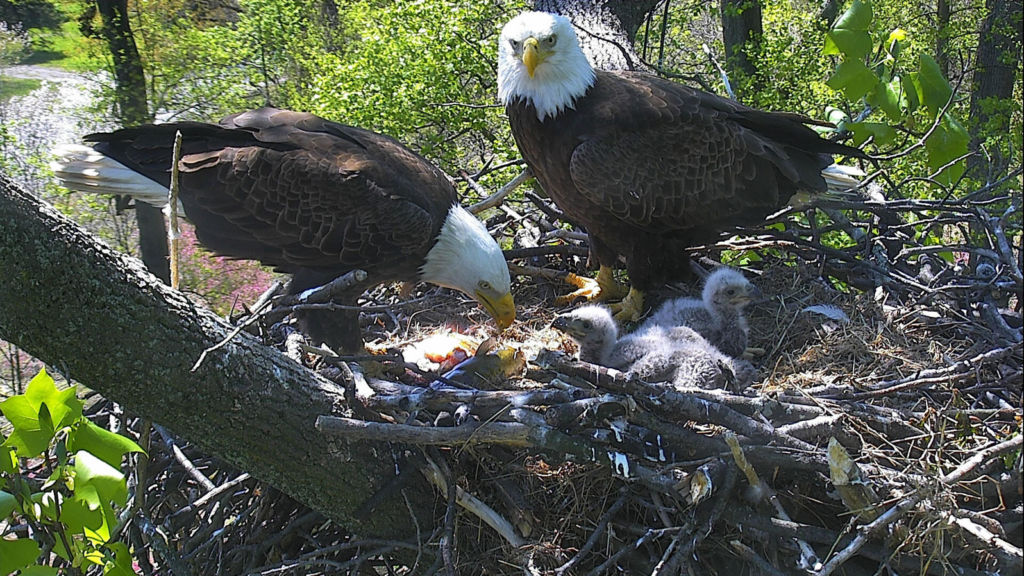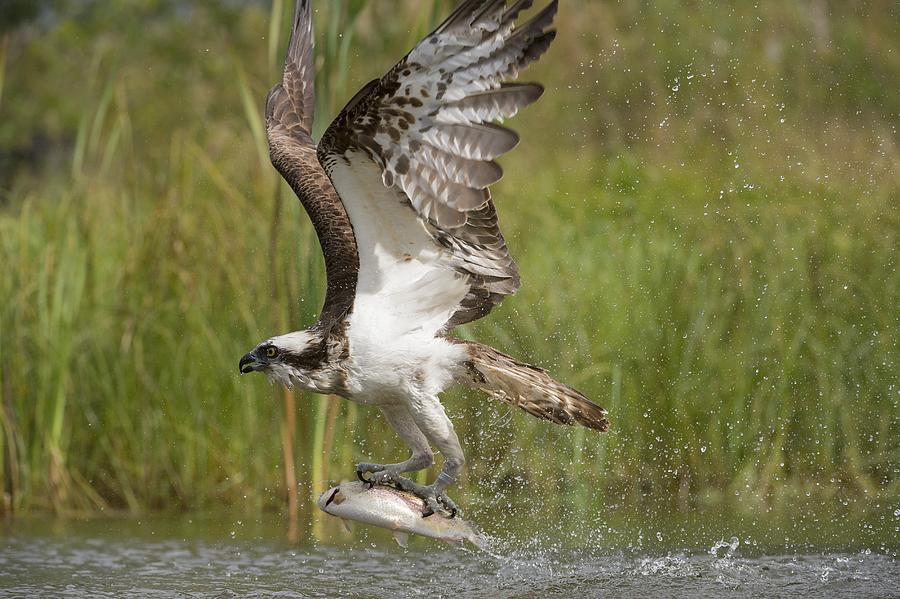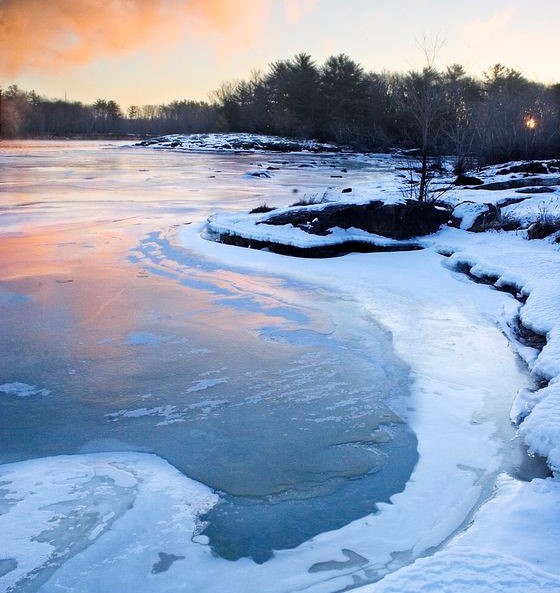
Following is CSWAB’s testimony at the recent WDNR public hearing on proposed SURFACE WATER criteria for certain PFAS:
My name is Laura Olah and I live in Merrimac, Wisconsin, in rural Sauk County, and I am here today on behalf of Citizens for Safe Water Around Badger.
I am one of those lucky people who live near the Lower Wisconsin Riverway and have the privilege of observing a wide variety of bird species like the American Bald Eagle – in fact eagles are a big deal where I live. We have Eagle watching days and people come from all over to see them in the wild. In the dead of winter, when the rest of the river is frozen over, they rely on the open water at the outfall of the Prairie du Sac dam – it makes for easy fishing. And in the evening, the eagles fly away at dusk to roost along the riverway. A growing number having established substantial perennial nests, raising young that also rely on fish from the river.
 In addition to eagles, we have many other bird species here that rely on fish as their principal food source. We also have osprey (photo), blue herons, and cormorants.
In addition to eagles, we have many other bird species here that rely on fish as their principal food source. We also have osprey (photo), blue herons, and cormorants.
Other bird species like swallows are at risk from exposure to PFAS but in a different way. Instead of fish, they rely on benthic invertebrates (which readily bioconcentrate PFAS) as their main food source. In fact, some of the scientific studies on this subject were conducted right here in Wisconsin and Minnesota.
In the Great Lakes region, elevated levels of PFAS have also been found in deer— in Michigan, leading to a Do Not Eat advisory for deer in at least one county.
For these reasons, one of the things that I was hoping to see, in addition to assessing risk to human health through consumption of fish, was an analysis that documents that the proposed surface water standards are also protective of other species.
Some of us are old enough to remember when eagles became endangered due to effects of another group of persistent bioaccumulative toxins – PCBs.
As with other organic contaminants like PCBs, some PFAS chemicals can both be taken up at the base of food webs (like free-floating algae, or phyto-plankton), and increase in concentrations going up the food web to forage fish, predator fish, and fish-eating wildlife.
 The potential impact of PFAS-contaminated military sites in Wisconsin alone is significant. These bases encompass more than 70,000 acres of land and threaten freshwater systems in major watersheds like the Kickapoo River, the Lower Wisconsin Riverway (photo) and the Yahara River.
The potential impact of PFAS-contaminated military sites in Wisconsin alone is significant. These bases encompass more than 70,000 acres of land and threaten freshwater systems in major watersheds like the Kickapoo River, the Lower Wisconsin Riverway (photo) and the Yahara River.
I understand from speaking with WDNR staff that there were internal discussions about risks to birds and wildlife but this analysis was not included in the support documents.
While we support the proposed standards as a critical first step in protecting public health, we hope that this additional analysis will be conducted as soon as possible and made available for public review and incorporated in the decision-making process.
In nature, nothing exists alone. We are just one part of the circle.
Resources:
PFAS Great Lakes Region National Wildlife Federation 2019
PFAS Patterns in Bald Eagle Nestlings Upper Midwest NPS 2014
Birds are Living Proof PFAS Pollute National Audubon Society 2019
PFOA PFOS Surface Water Presentation Bioaccumulation ppt WDNR March 2020
Photography credits
American Bald Eagle: American Eagle Foundation 2016
Osprey Fishing: Science Photo Library
Winter on the Wisconsin River: Peter Sanderson
Other Public Comments on Surface Water Standards
Marinette Council Member Doug Oitzinger Testimony on WI Surface Water Standards PFOA PFOS Dec 2021
